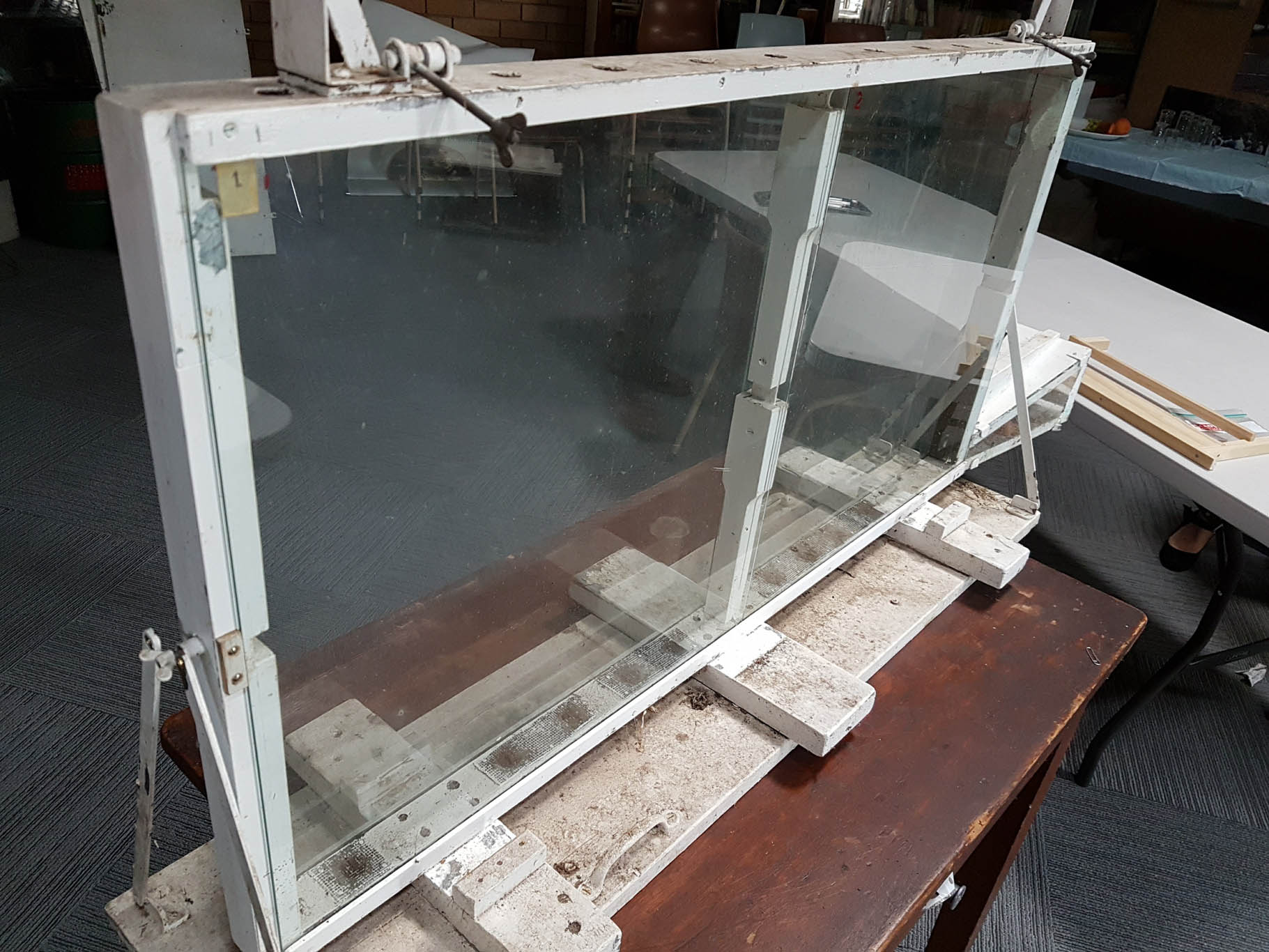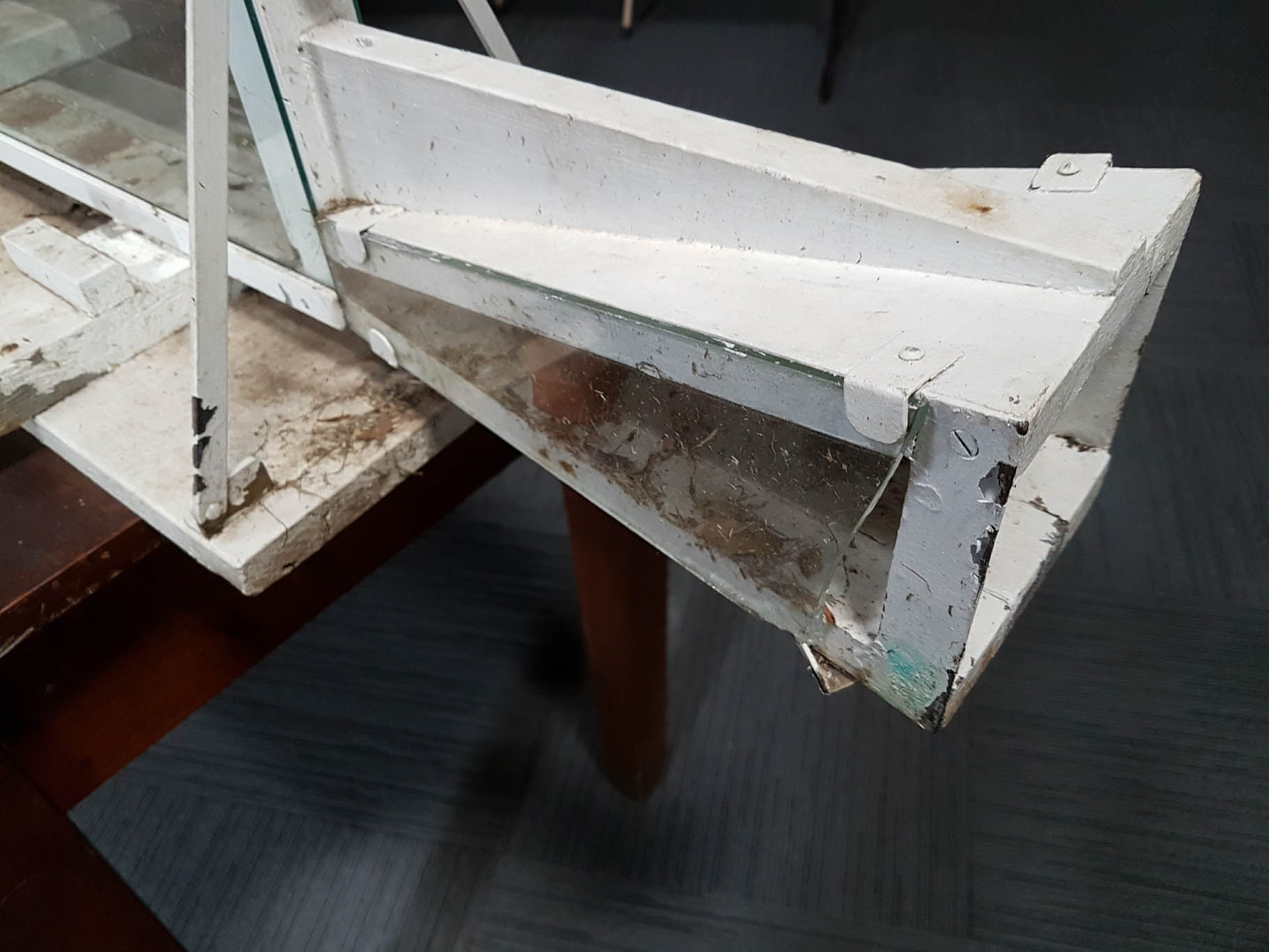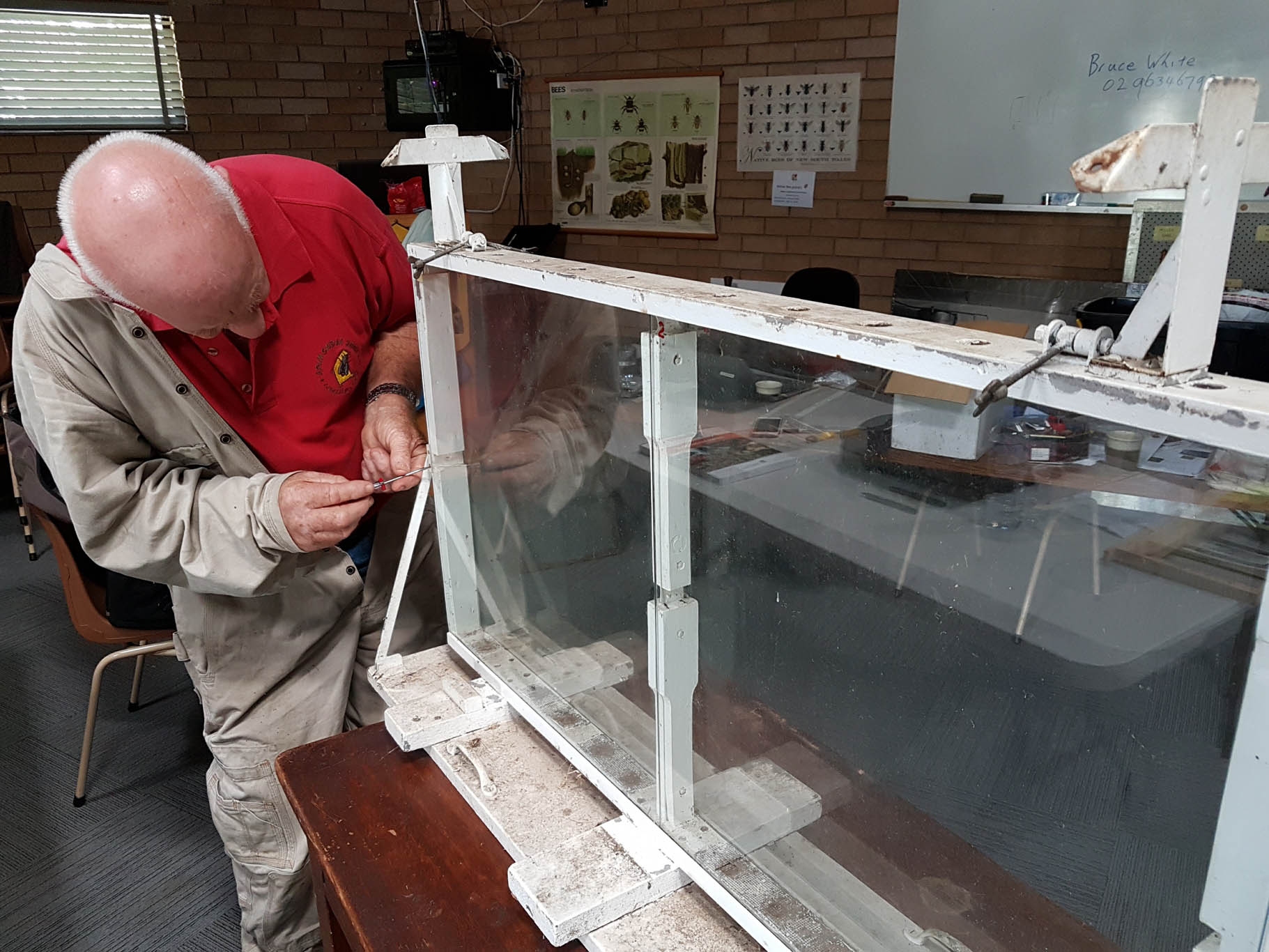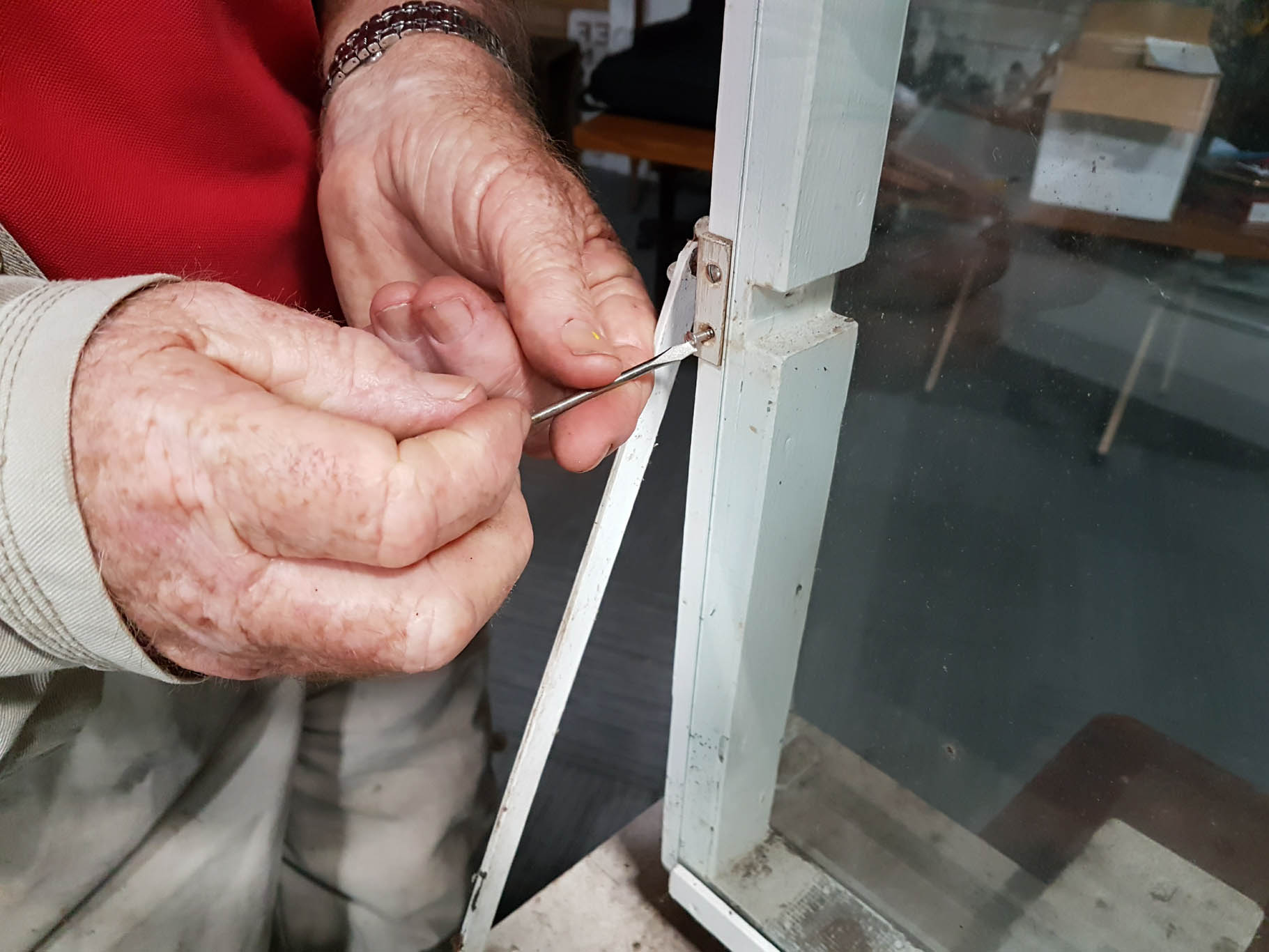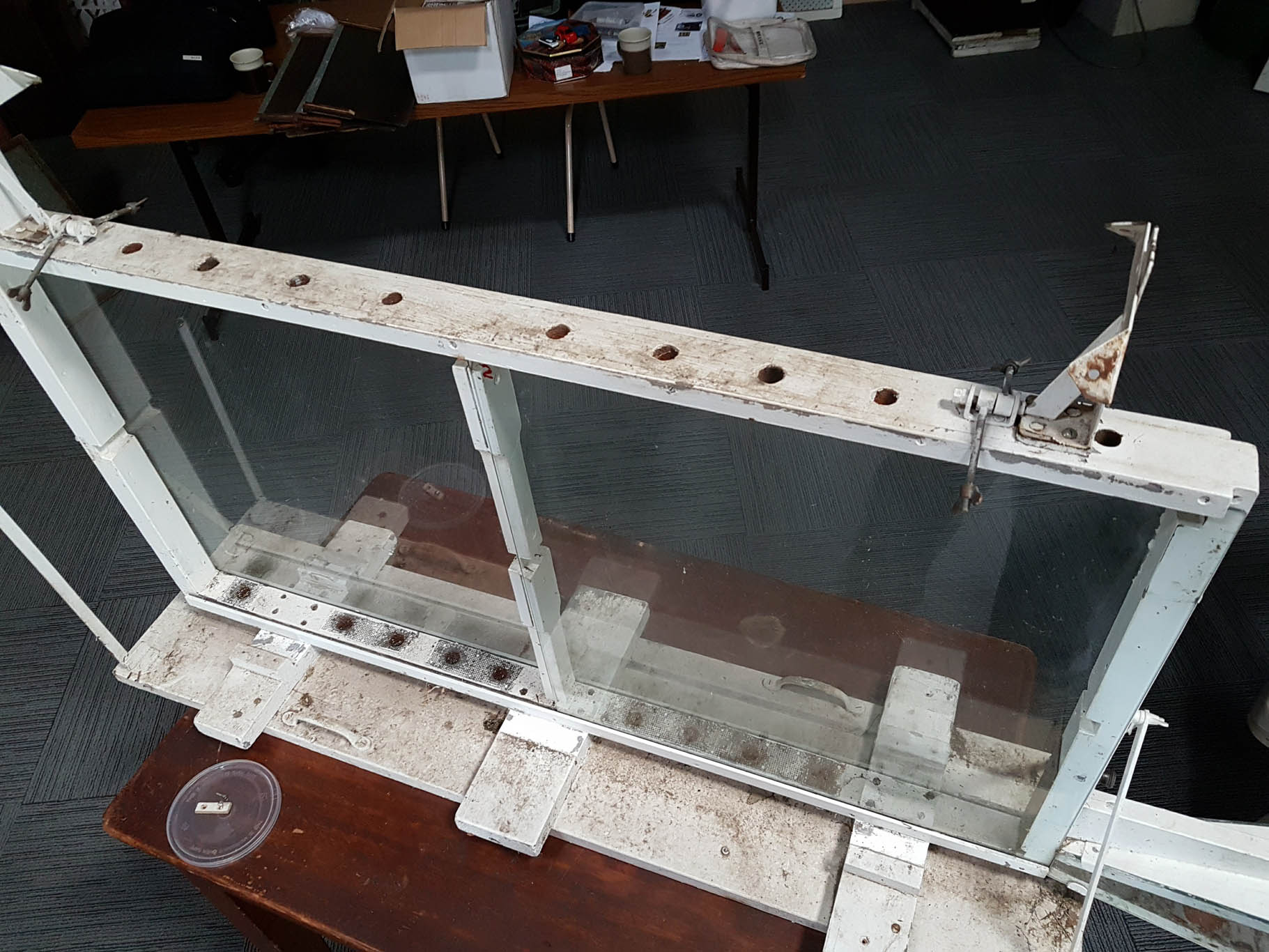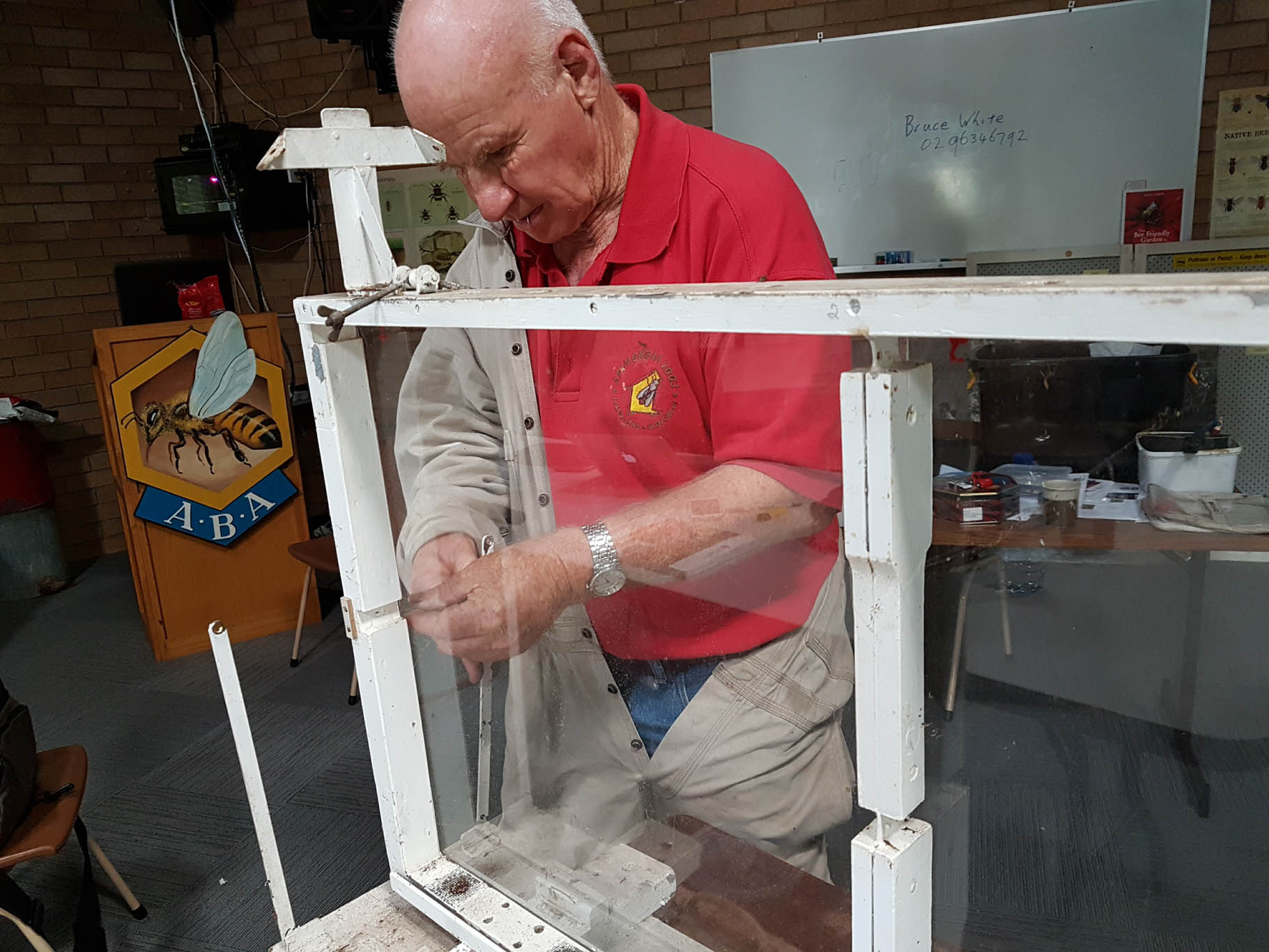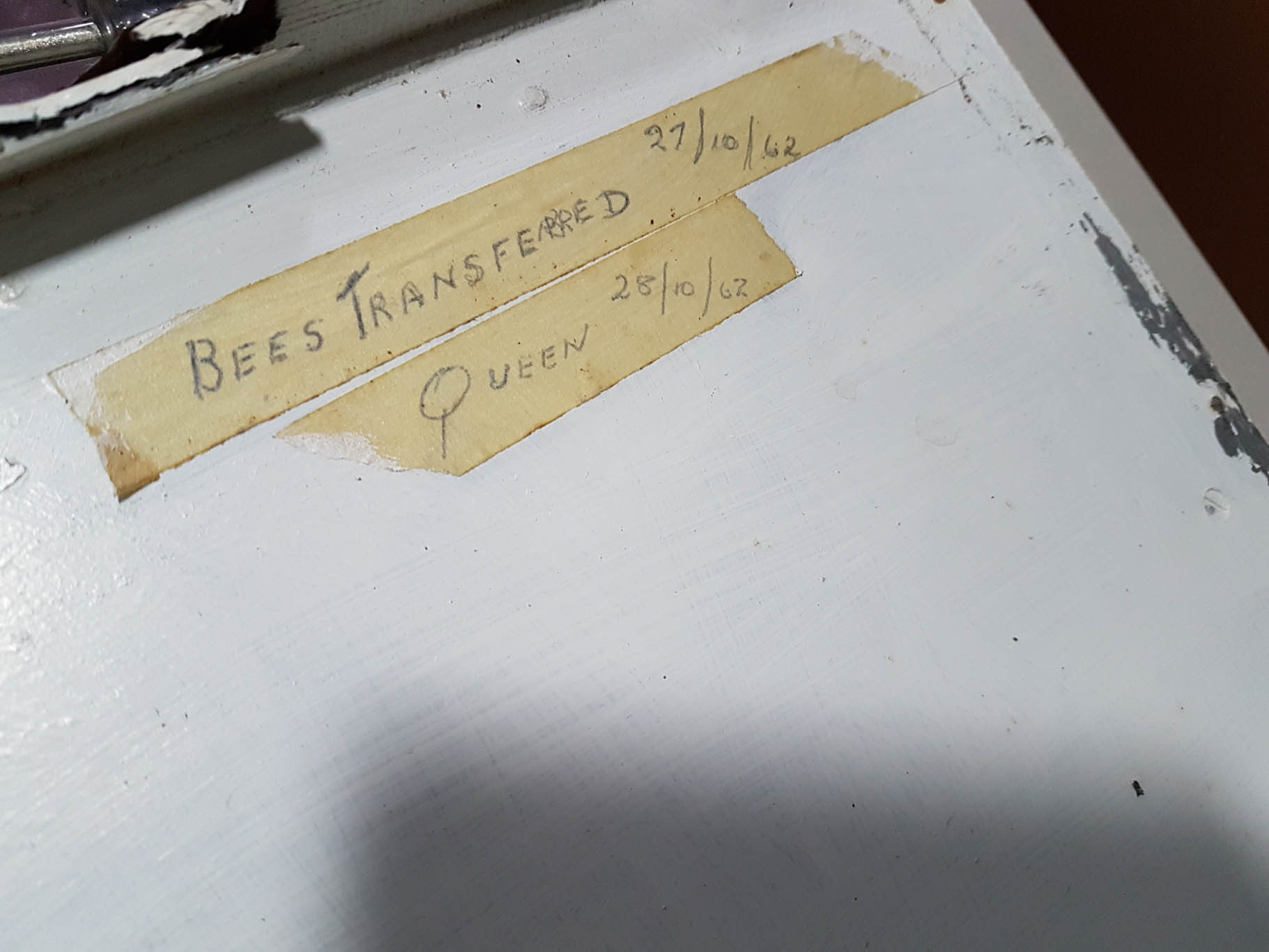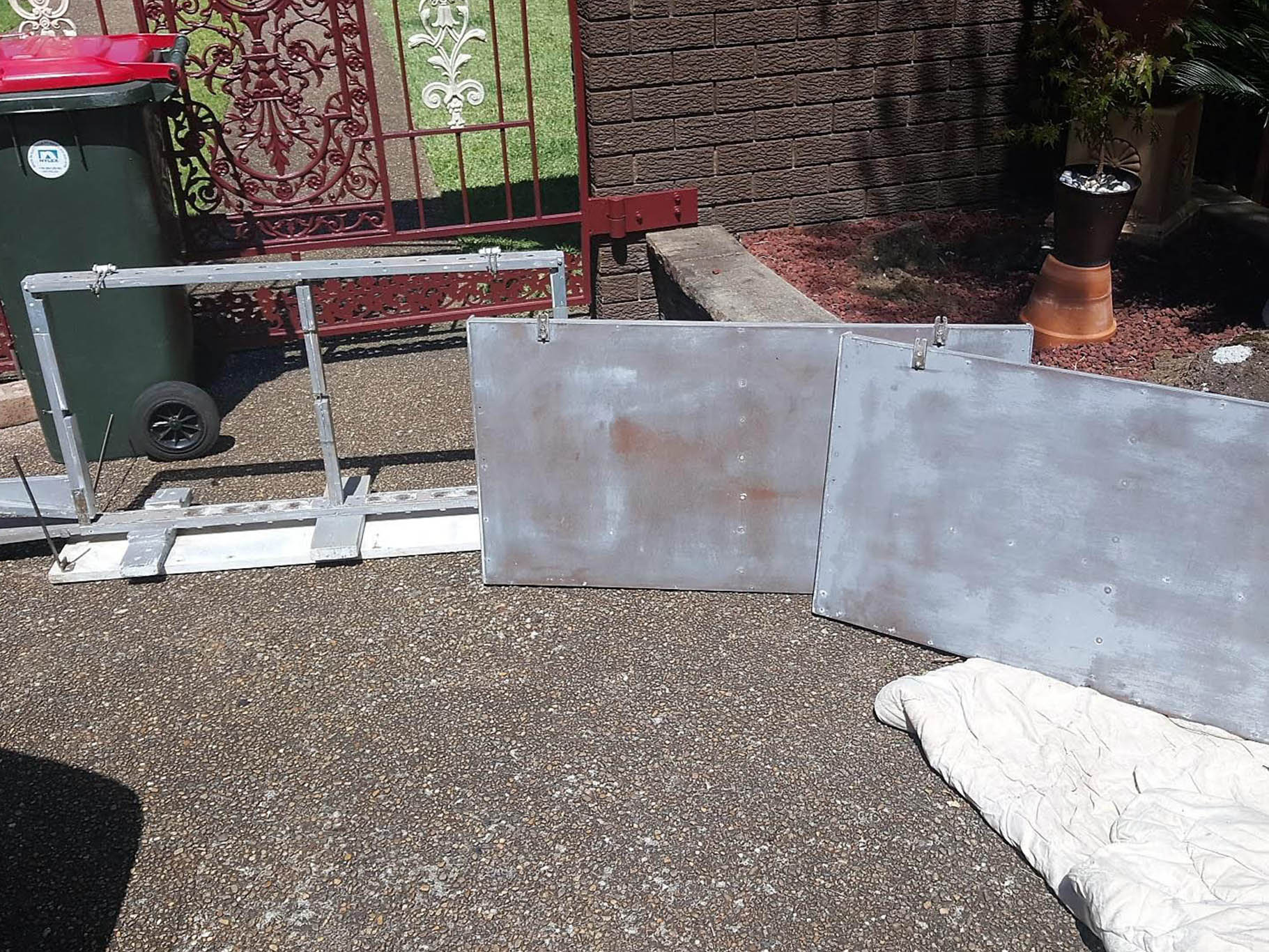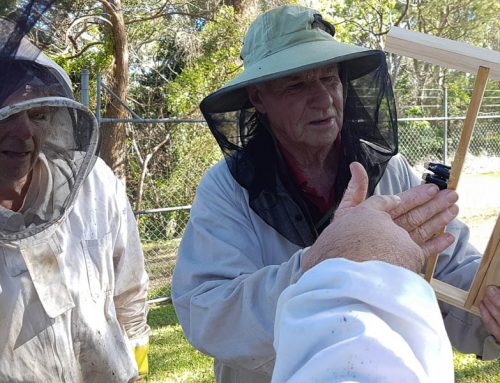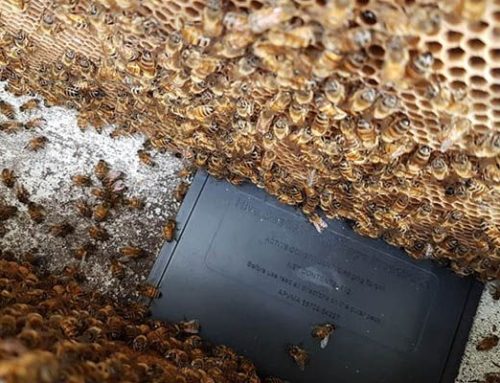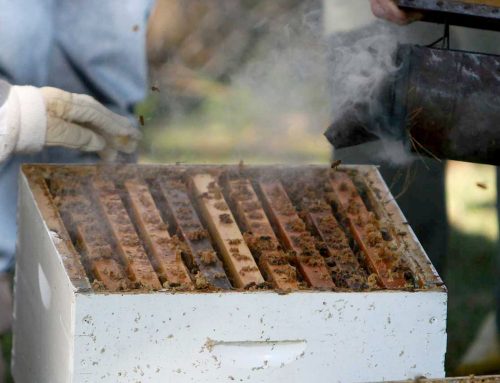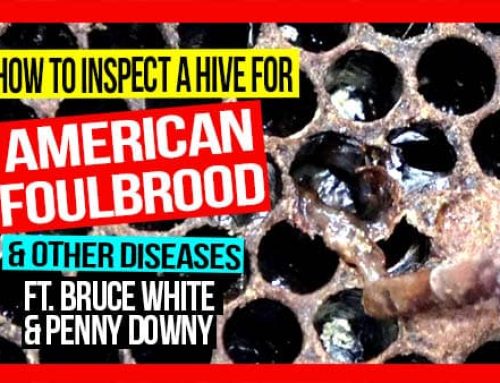Observation Hive: The Restoration
For those of us lucky enough to have known Bob Perkins, we know that Bob was a brilliant man. Not only as a beekeeper that crafted his many tools and equipment, he was also a creative thinker. Two of our members, Ian Phillips and Bruce White, collected a huge amount of gear from the home Bob lived in up to his passing recently. Amongst the many things Bob left us with was a four frame observation hive. Our club will use this observation hive in our clubhouse as a living memorial to Bob Perkins. Robert Wood has been hard at work restoring this 50-year-old plus hive back to its’ former glory. We hope to have it fully installed and operational in the coming month or two, but in the meanwhile here are a few images of the observation hive and its’ restoration.
4 Frame Observation Hive
During the restoration of Bobs’ observation hive, there have been many challenges and notes made along the way. Just some of the notes [thanks to Jodie from Beechworth Honey and Bruce White for these] include:
- No issues with wheeling the observation hive outside removing the Perspex and replacing with glass if the Perspex is not suitable to photograph through
- The way Bob has built the observation hive it is about a 5 minute job
- If we mark the queen we will just have to observe her location during the removal and replacing the glass or Perspex
- The next step is to get a stand for the observation hive suggest with wheels, and a hole in the wall slope slightly down to prevent rain water entering an external landing and shutter
- Then select a hive to split to put bees and four frames from it into the observation hive
- Best to move the hive off site for a week, lock up at night return the next morning still screened open and transfer to the observation hive the queen and four frames covered with bees three brood and one fully capped with honey
- The remaining bees and frames can be papered onto another hive in the apiary
- Notes from Jodie Goldsworthy of Beechworth Honey on how they operate and problems they encounter with the observation hive they operate in their shop in Beechworth
- The observation hive they have is half the size of the one you have being two frames on top of each other
- Jodie is a practical beekeeper being the daughter of a commercial beekeeper and her husband Steve is also a beekeeper
- Jodie’s observations on her observation hive
- Needs a lot of maintenance
- You will have a good support apiary and the entrance will be designed so you can easily add nurse bees and can wheel the observation hive outside to open up
- Thinking we may feed pollen in sugar syrup when we notice poor royal jelly round the young uncapped brood
- Jodie runs double glass so the outside glass can be removed for cleaning mainly finger marks
- Covers Jodie puts them on each night and has a heater for winter you should not need a heater You need to only remove the cover when the public visits or for members to observe
- Small hive beetle a major issue
- Very important to have no place for rubbish to build up so will need to ensure the entrance from outside into the observation hive in to the room is flush fitting
- Bees have trouble removing rubbish from tubes
- Your tube will only be the length of double bricks and will slope down slightly an advantage to help the bees clean it
- Apithor or beetletra should be used to counter act small hive beetle
- Selection of bees to stock the observation hive get the apiary officer to select a hive with a clean bottom board this indicates the bees are good house cleaners Jodie has observed the beetles breed in in rubbish the bees don’t clean out
- Wheels on the stand
- Suggestion to cover them with small boxes to stop the public fiddling with them

